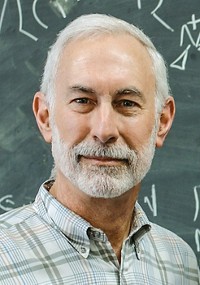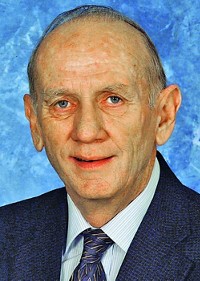Advertisement
Grab your lab coat. Let's get started
Welcome!
Welcome!
Create an account below to get 6 C&EN articles per month, receive newsletters and more - all free.
It seems this is your first time logging in online. Please enter the following information to continue.
As an ACS member you automatically get access to this site. All we need is few more details to create your reading experience.
Not you? Sign in with a different account.
Not you? Sign in with a different account.
ERROR 1
ERROR 1
ERROR 2
ERROR 2
ERROR 2
ERROR 2
ERROR 2
Password and Confirm password must match.
If you have an ACS member number, please enter it here so we can link this account to your membership. (optional)
ERROR 2
ACS values your privacy. By submitting your information, you are gaining access to C&EN and subscribing to our weekly newsletter. We use the information you provide to make your reading experience better, and we will never sell your data to third party members.
Materials
Irving Langmuir Award in Chemical Physics
Sponsored by General Electric Global Research and the ACS Division of Physical Chemistry
by Jyllian Kemsley
January 18, 2010
| A version of this story appeared in
Volume 88, Issue 3
A . Welford Castleman Jr., Evan Pugh Professor of Chemistry & Physics and holder of the Eberly Family Distinguished Chair in Science at Pennsylvania State University, is being honored for his pioneering investigations of clusters, including their properties and reaction dynamics.
Castleman’s research has provided new insights into the influence of finite size and quantum confinement effects on the behavior of matter; served to bridge the gas and condensed states; and contributed to the fields of nanoscale materials science, catalysis, atmospheric chemistry, and surface and colloid chemistry, says Harry R. Allcock, also a chemistry professor at Penn State.
One of Castleman’s particular accomplishments is the discovery of metallocarbohedrenes (MetCars), which are caged clusters composed of transition-metal and carbon atoms. At the time, Castleman and his group were looking at reactions of small organic molecules with metal clusters, he says. One of his students aimed a laser at the intersection of a rod of titanium and a stream of ethylene gas and wound up with something that generated a single peak in the mass spectrum instead of the expected cluster signals. Thinking that something was wrong with the instrument, they tore it apart and rebuilt it before realizing that that the reaction had actually produced a stable molecular cluster of Ti8C12+.
Nearly two decades later, MetCars continue to be an active area of study. They’ve been difficult to isolate in significant quantities, Castleman notes, but he is still intrigued by their properties and possible applications as catalysts, superconductors, and quantum wells in semiconductor devices.
Another active area of Castleman’s research has been to use ultrafast laser techniques to induce Coulomb explosions, which involve using a femtosecond laser pulse to strip clusters of their electrons; the clusters then repel each other due to the positive charges. The experiments can be used to test the interaction of high-intensity radiation with matter or to arrest a chemical reaction to study a reaction intermediate in real time.
Castleman says one of the things that makes clusters interesting is that their properties don’t scale linearly with size. “In many cases, one atom makes a difference,” he says. Much of the emphasis in his lab now is to devise clusters that mimic the properties of various elements. “Superatoms” like Al13, which behaves like a halogen, and Al13–, which behaves like a noble gas, could be the building blocks of complex materials that perhaps could include both properties of the composite elements and their clusters.
Castleman received a B.S. from Rensselaer Polytechnic Institute in 1957. In 1958, he joined Brookhaven National Laboratory, where he continued to work while earning a Ph.D. from Polytechnic Institute of New York. He completed that degree in 1969. In 1975, he left Brookhaven for the University of Colorado, Boulder, where he was a chemistry professor and a fellow of the Cooperative Institute for Research in Environmental Sciences.
Castleman moved to Penn State in 1982. He was elected to the National Academy of Sciences and the American Academy of Arts & Sciences in 1998.
Castleman will present the award address before the Division of Physical Chemistry.





Join the conversation
Contact the reporter
Submit a Letter to the Editor for publication
Engage with us on Twitter